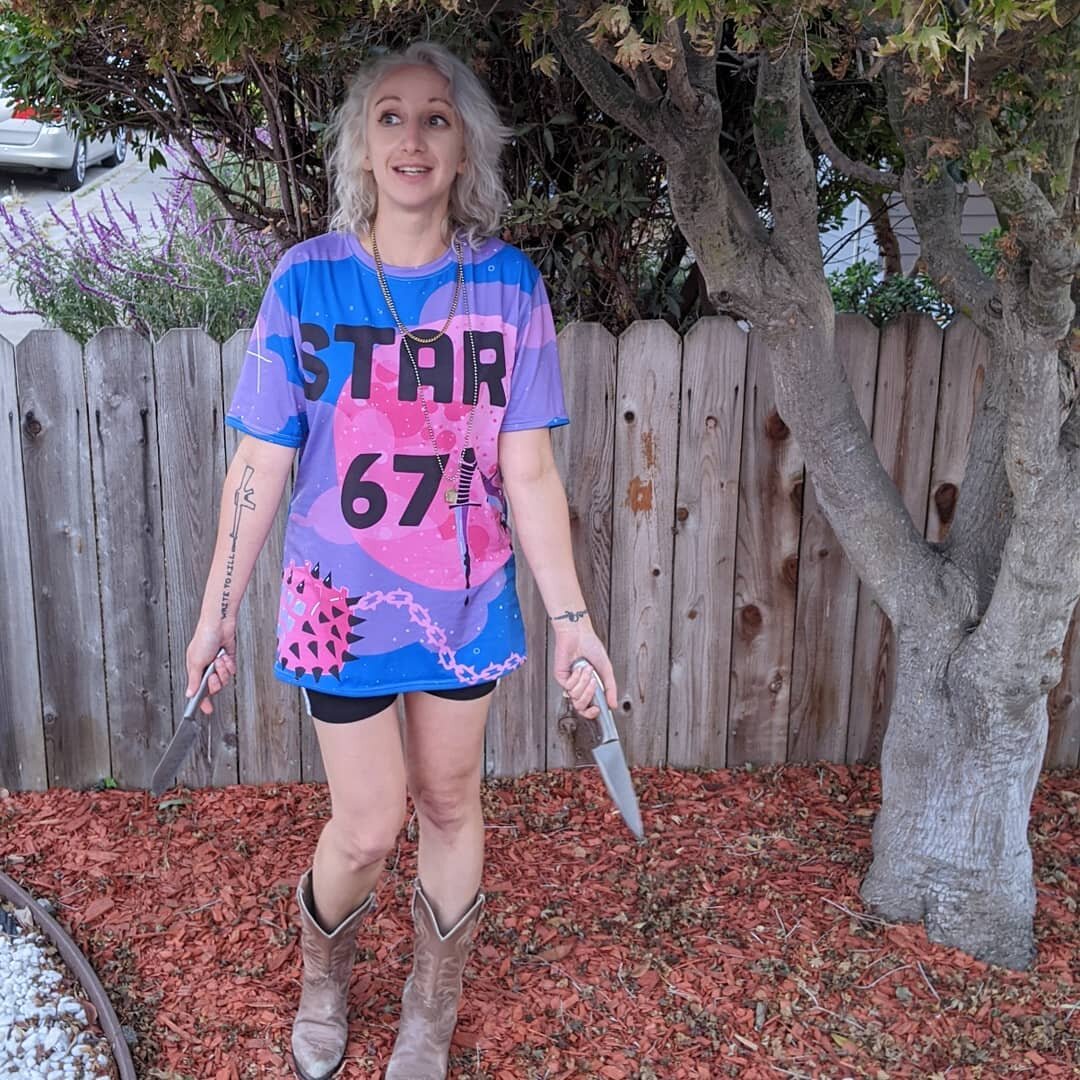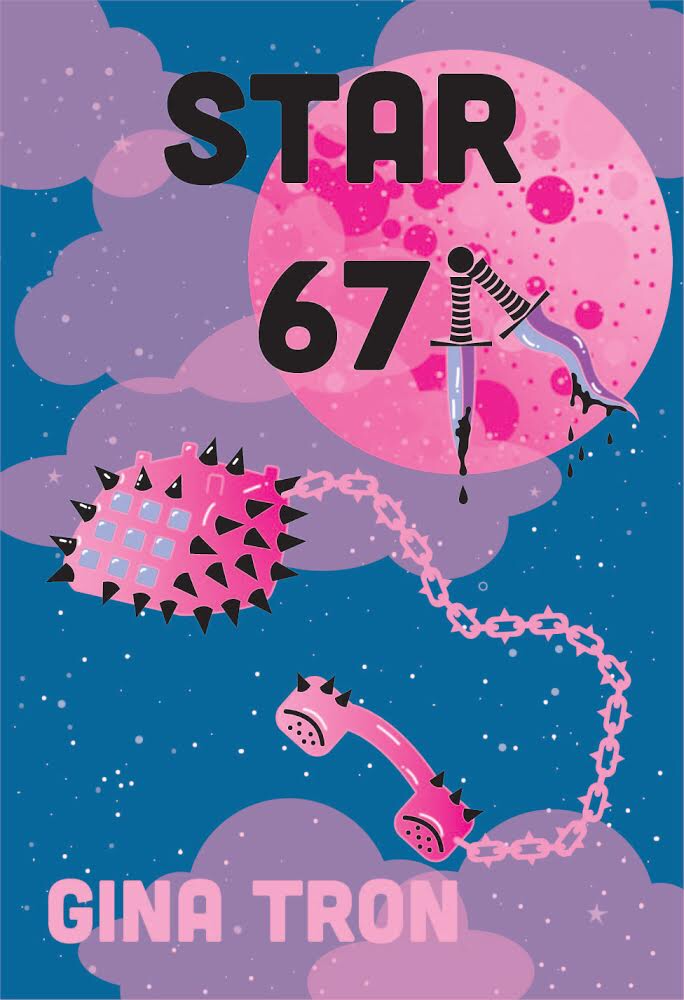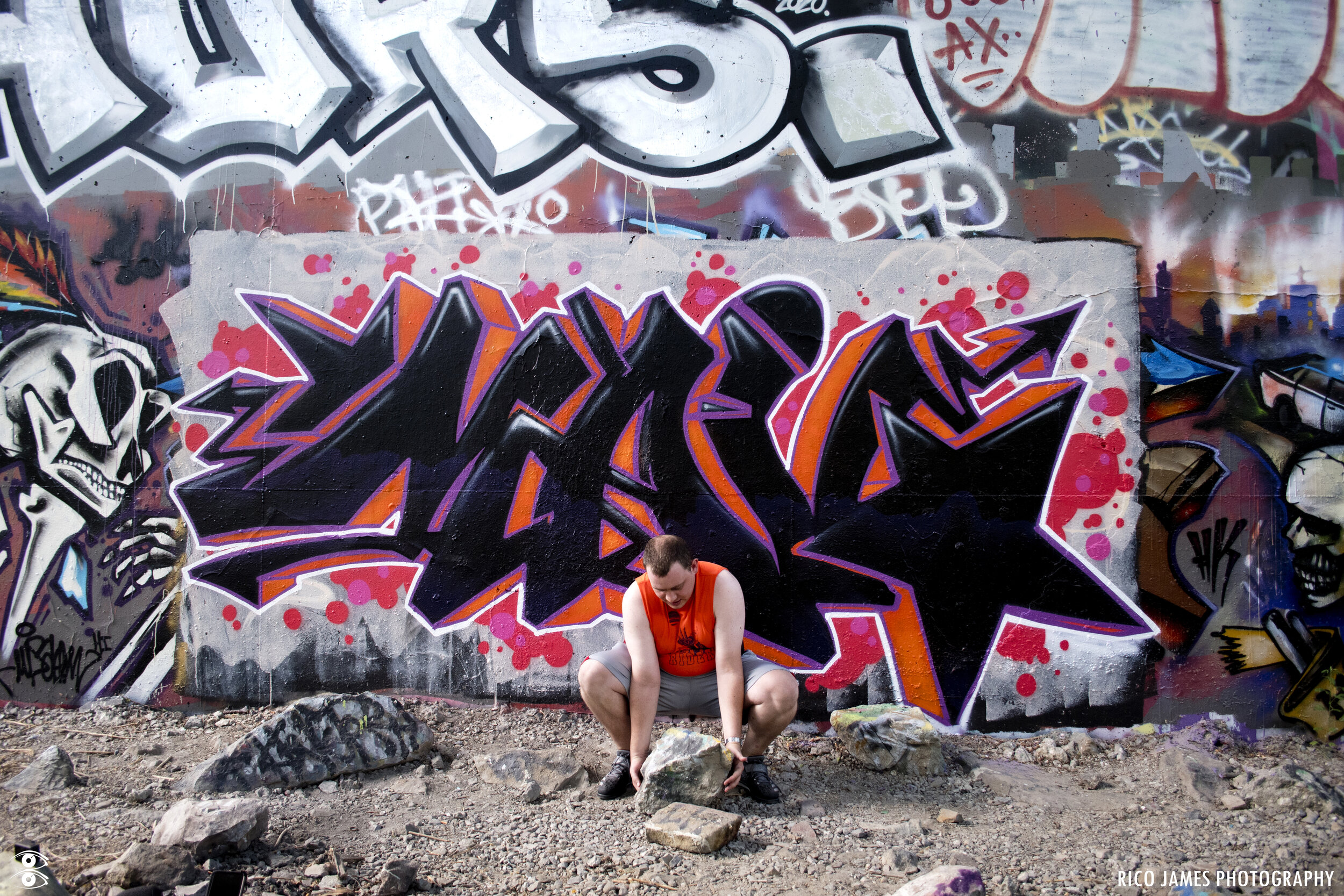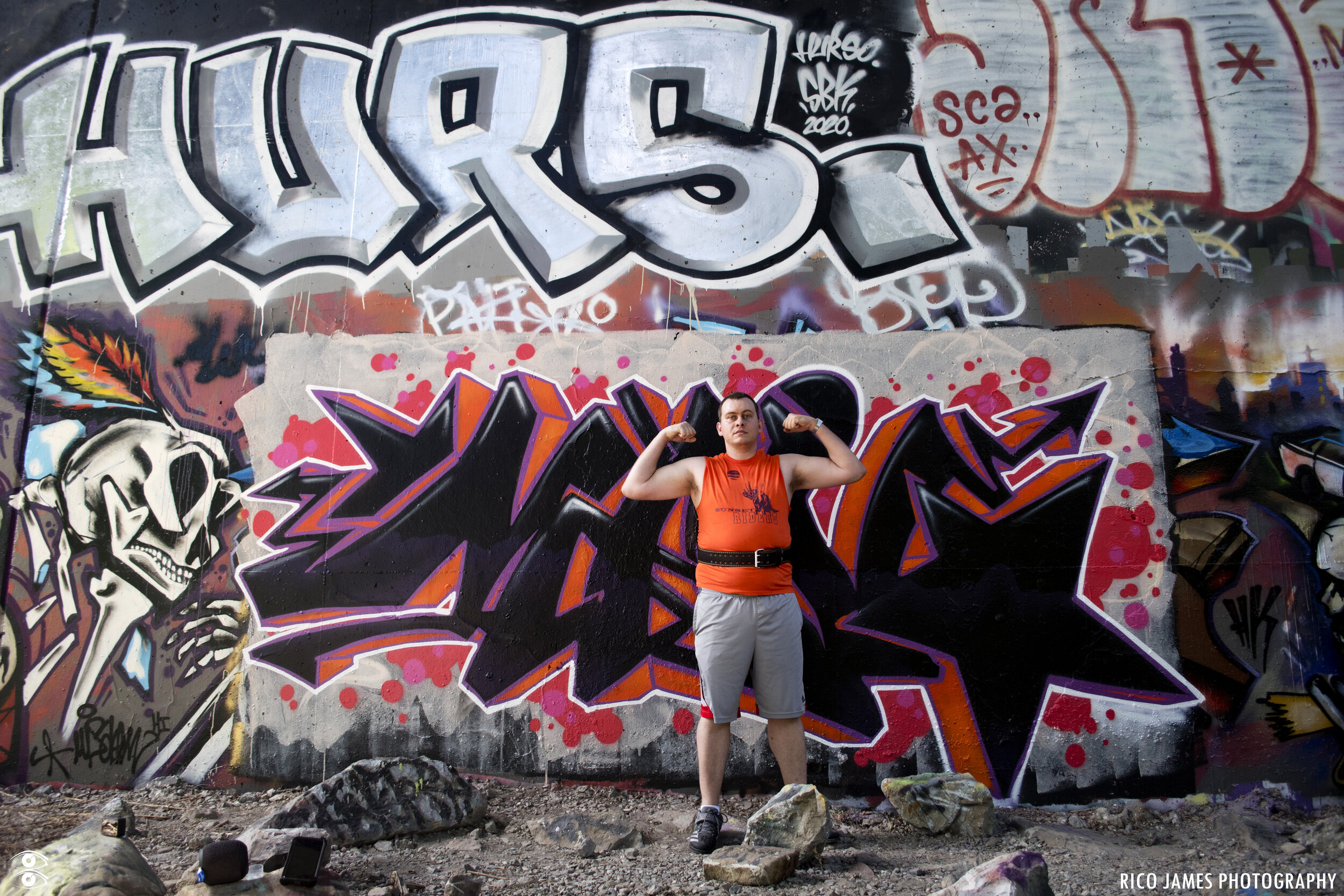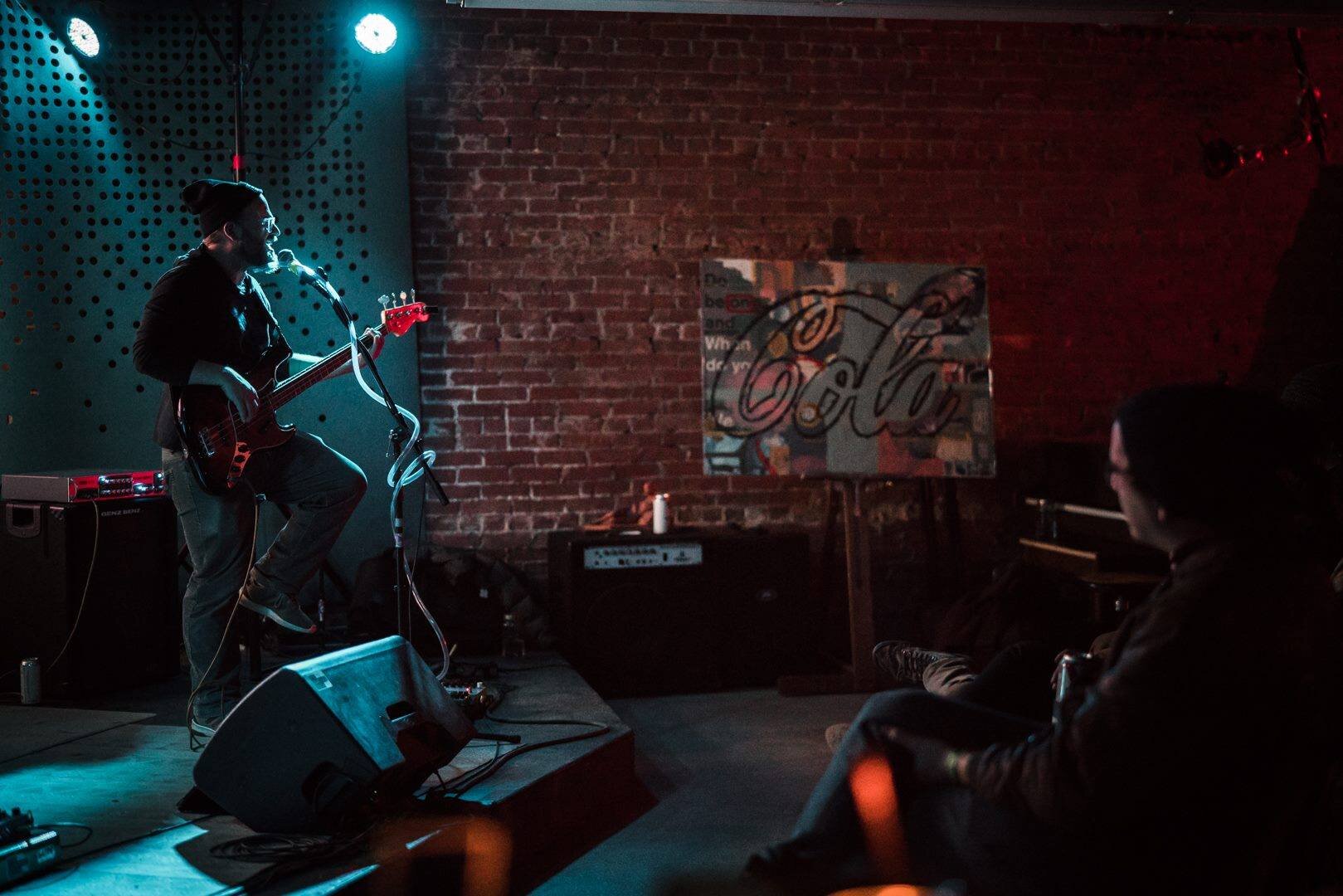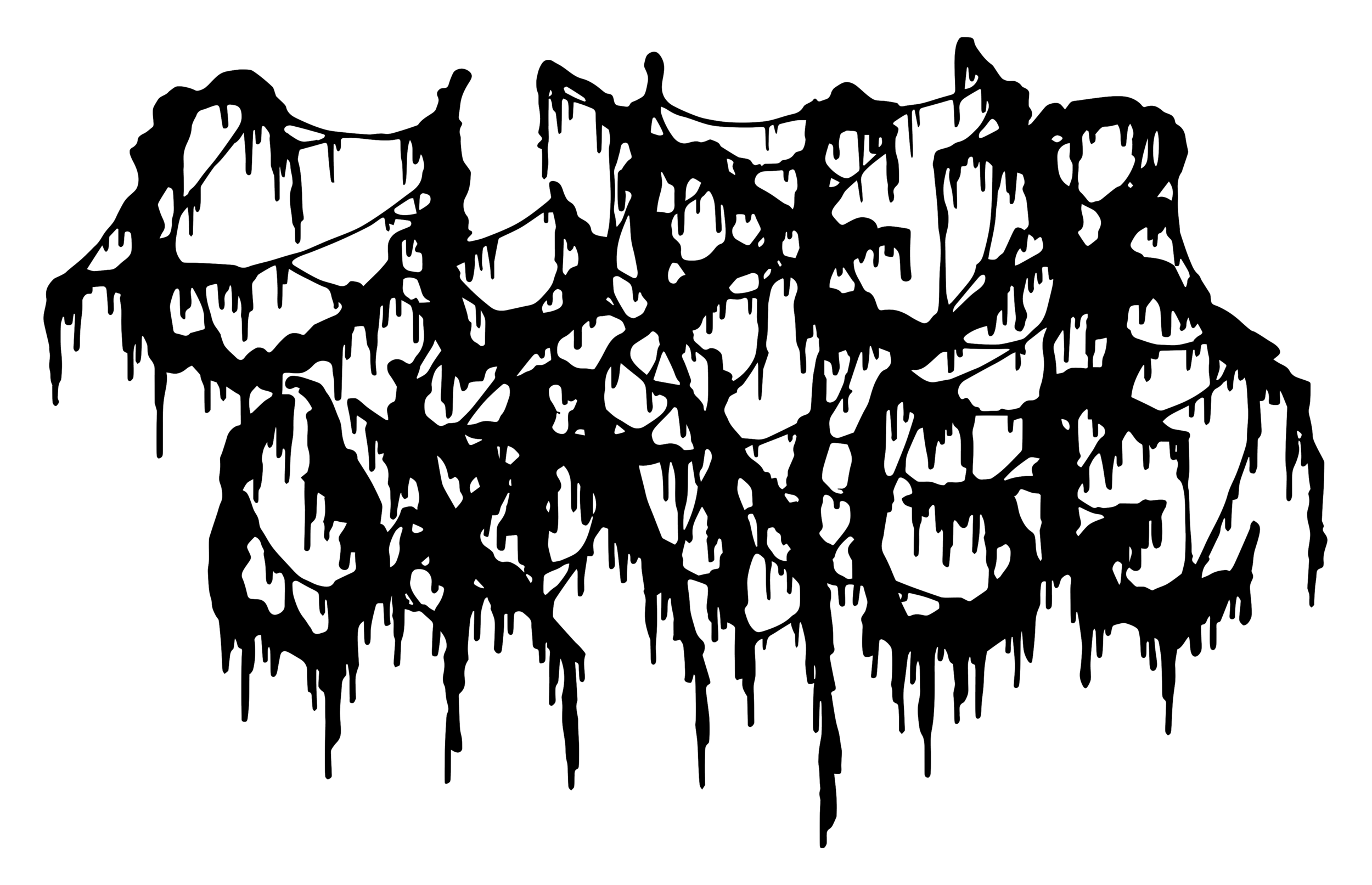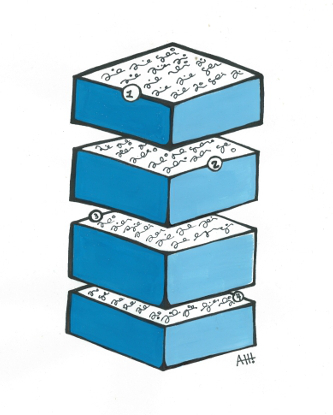Congrats on the album this summer! I really enjoyed it. You been keeping busy since?
Thanks fam, I appreciate that. I've been doing some music related activities here and there, but overall things have been pretty slow because of the coronavirus pandemic.
I know people probably tell you their favorite tracks from the record all the time — what’s yours?
Man, that is a really tough choice. I would probably have to go with the intro track, Equinox, featuring Konflik and Humble. It was originally going to be a crew track with a couple more cats on it, but we still maintained that feel with just the three of us, plus Zach with the ill guitar solo. The initial thing that captivated me about that track was the instrumental — to me, it kind of has a mystical or esoteric feel, hence the name Equinox. The name actually comes from a line from Humble's verse, where he says "speak my thoughts on Equinox." I just find everybody's verses on there to be dynamite, and the whole song is riveting from beginning to end, enticing the listener so they hang on every syllable. At least that's my take on it.
Who did the beats?
That was produced by the homie Face One, aka Christopher Morel.
Have you made a lot of music with him? When did you guys meet?
I met Face when we were attending high school at BHS here in town. He was grinding as an MC and producer since before I had my first foray into creating hip-hop music. He was very active around, I want to say, 2007, close to that time period. That was around the time he put out Heartbeat in Stereo, a record with the Loose Crew out of Minneapolis, an EP with Andy Lugo, and other gems. He was always killing it at shows and making a name for himself alongside the likes of Wombaticus Rex, Aleck Woog and other emcees and groups that were active during that time. Definitely a well known cat to those who have been around the scene for a while. He produced the entirety of my debut album, The Meltdown, from 2012, with the exception of a few tracks, so he was directly involved in my music from the very beginning. Face was kind of like a mentor when I first started emceeing, but that role has evolved to more of a confidante and co-creator.
Who else do you enjoy working with professionally in and around Burlington and Winooski?
Man, almost everyone that I really have a good working relationship with ended up on the album, but I can think of more. I have to at least give a shout out to Mr. Burns — that guy is a machine and such an asset to the hip-hop scene in Vermont, but barely asks for credit. Very humble and genuine dude. I've worked with Jeffrey Ellis, affectionately known as Frey, at a couple fund raising type events. Really down to earth dude who genuinely cares about making a difference in people's lives, whether it's advocating for plant based wellness or throwing fundraisers for charitable causes. And of course Scottie Raymond is a huge asset to the community, and I always have a blast at Third Thursdays, when we're able to have it. That event has been revolutionary to the scene.
You're also a classically trained musician? I know for a fact you play the Clarinet because I have a Fresh Patterns shirt. Tell us about that project.
That project was actually a combination of Cworner Stwore, which was me on clarinet and ILLu on beats, and Mr. Burns emceeing. We had some good times with Fresh Patterns. All three of us ended up going through some life changes, which made it hard to continue with the project, but we are planning a revival sometime soon. Believe it or not, when Fresh Patterns first started in 2016 or 2017, this was before Burns knew I could rap, which was quickly cleared up when Gangsta Trail Mix came out. So when we do the reboot, I'll be spitting some rhymes with Burns too, and not just playing clarinet.
Tell us about the concert you played this summer?
You're probably talking about my involvement with Me2 Orchestra, which is the world's first orchestra created with the purpose of representing people with mental health issues and people who support them. We started out just Burlington-based, but now there are affiliate ensembles in New Hampshire and Boston. We did a virtual performance called Monumental Moments, with the mission of encouraging people to take time to notice what they're grateful for during these unprecedented times. The performance was presented to the world around October and can be found online - I'm the clarinet player with the headphones over one ear.
I was also in a documentary based on the orchestra and its participants, called Orchestrating Change, which was broadcast on PBS stations all over the country. Margie Friedman and Barbara Multer-Wellin were the masterminds behind that project. I believe if you have PBS Passport, you can watch the documentary at home at any time. Parts of my story were filmed during some rough times, so it's interesting.
You put out your very own Mavstar shirt too — I have a couple and have seen tons of homies wearing them online and in public when that was a thing. How many did you make up? Who'd you work with on these?
I think I made 32. I should've made more honestly … almost all of them have sold out, which I'm grateful for. Those were all thanks to Travis O'Connell from Stay Classy Prints. Don't be shy about dropping a line- he does great work. I'm thinking about doing a different design for my next run, but that, of course, is shrouded in secrecy ...
You did a cool video down under the overpass in Winooski — that graf wall has been evolving for decades. Who's idea was it to shoot there?
Well, my first idea for graf was that famous sign above Charlebois/Queen City Steel, which was, for various reasons, including being highly illegal, not actually an option. They changed that sign since then so it's an actual sign, to discourage people from tagging it. Kind of sad, really. The Winooski walls were Scottie Raymond's idea, better known as ESKAEone in the graf world. He, of course, is the man behind the famous Magnús Ver Mavússon cover art. Urban feel, easy to access, all-in-all a dope area to utilize while just kind of kicking it and having a few brews in between the action. From there, doing a video at the spot just made sense. Mind you, all of this was during covid, and a miracle logistically to get everybody in the same place at the same time. Brad Vazy did a killer job on the video, too.
What was that video shoot like — one day hit it and quit it?
Anybody's piece on those walls could get covered up anytime by another artist, so time was not our friend. We had to do it all that day, definitely. Vazy got the shots he wanted, no more, no less. I remember not having to do many takes, which was ... kind of nice actually. We hit some other spots in Burlington too. I still won't forgive Vazy for making me do a full sprint with my hoody on up some stairs in the Salmon Hole area, and then not even using the footage. It's okay though. I probably deserved it.
What are you working on now?
Nothing too crazy. Couple features here and there just kinda crept up on me, so I figured, why not bang them out right away, since I can. I got a verse on the Equal Eyes theme song, a verse on Freddie Losambe's album, and a few surprises too. I feel like I wouldn't mind staying in this mode for a while, just doing features. I still want to get my recognition for the Magnús Ver Mavússon project — it's kind of old if you just think time-wise, but to me it's still new, because I haven't been able to perform it. That's one thing I'm trying to campaign against — artistic contributions being devoured by the passage of time. My creative pieces deserve their time in the sunshine, and so do yours. Dig? I'll try and sell the occasional merch, maybe go on a tour once all this craziness dies down, who knows. Life is good though, I'm grateful.
Hey, thanks for your time man.

